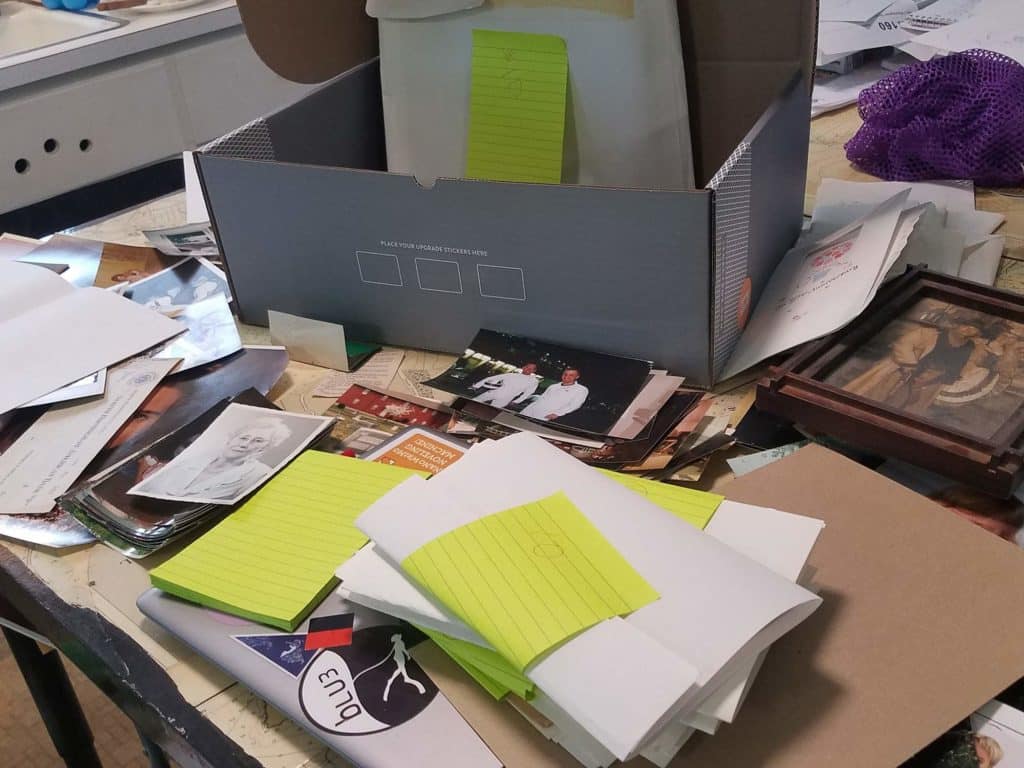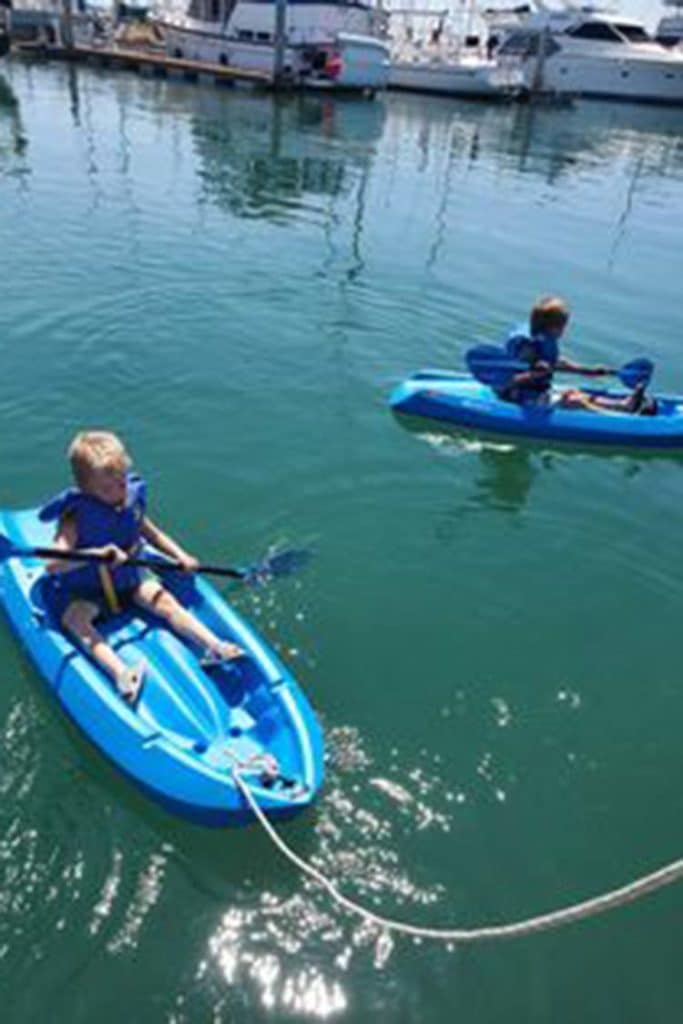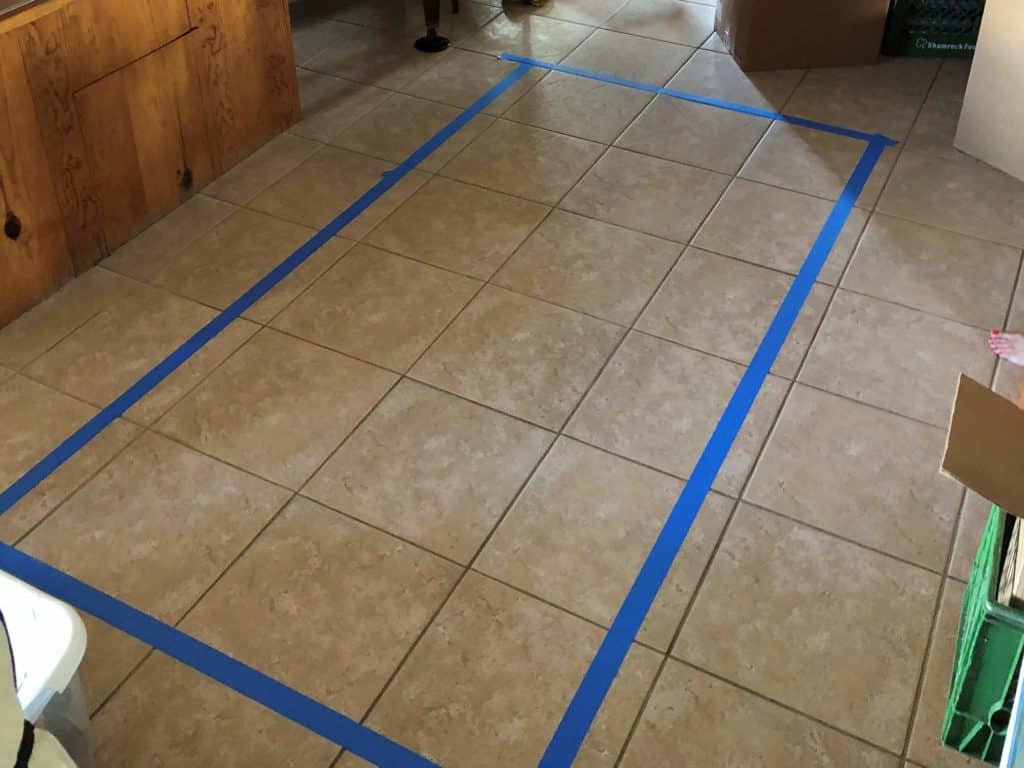
One of the most difficult parts of cruising is actually leaving. And the most monumental hurdle to actually leaving is downsizing.
Moving is among the most stressful of life events, right up there with divorce and incarceration. So, how can downsizing be made easier? Several cruisers offered helpful perspectives for people still on the path to living the dream.
Allow lots of time
I wrote this five months before we moved aboard our 47-foot Stevens Totem: “We’re working on shedding things from our house. I’ve started to talk to consignment stores about some of our antique furniture. The local Freecycle network and Craigslist are getting everything from flowerpots to strollers from us. It’s going to take months to downsize to the point we don’t have to drive van-loads to the dump, something we strongly hope to avoid but feels almost inevitable. How do you go from 2,800-plus square feet to the approximate equivalent of 500 (with some funky, curvy parts)? Slowly, deliberately, resolutely.”
Good news: We avoided taking van-loads to the dump, but it required extensive effort for months. (And we thought we were living pretty lean.) Most things were rehomed or donated to charities. Some things were sold, which avoided the dump, but took a lot of time.
Go digital
Getting rid of paper isn’t just about decluttering. It’s a great way to prepare for cruising. Start by getting off mailing lists. This can be a tedious process, but has liberating results: We only get a handful of pieces of mail per month. Our mail service.
Next, dump old documents. What can be scanned, what can be shredded and recycled? Then, take a look at pictures and home videos. VHS tapes from your wedding? Sepia studio portraits of the great-grands? Send them all to Legacybox to digitize.
And last, rethink media. Most of our books and all of our music are digital now. A good hard drive and software help keep everything organized, and backups are a must.
Leave some things behind
Storage units feel inevitable. But are they? Most cruisers forget about most of what’s in those storage units they pay for.
Our family has a corner of my father’s attic for the safekeeping of things we could not bear to part with. There’s an heirloom dresser (I can’t remember what’s in it, which means too much of it didn’t need saving), family photographs, pieces of art, and souvenirs we’ve sent back. We’re grateful, and lucky, to have this free option for the things we want to keep. The plaster mold of my very pregnant belly will be an awesome chip-and-dip bowl someday.

Every cruiser comment we’ve heard echoed the theme. One family told us they left the United States seven years ago. “We sold 85 percent of our stuff, went back two years later and sold another 10 percent and downsized our unit. I don’t think we can downsize any more, but it would be interesting to see if we looked into it again,” they said.
Another said, “I was reluctant to get rid of all the furniture, housewares, and camping gear but turns out I wish I had gotten rid of just about everything, because storing all that stuff year after year is just plain expensive.”
They have a 5-by-10-foot storage unit. I think their suggested litmus test should be printed in big, bold type for anyone in the process of downsizing: Keep nothing that is for only function. Only consider what’s sentimental.
Helping kids let go of toys
It’s harder for many children to understand downsizing. And it’s important to manage well, so they don’t resent the change being brought into their lives.

One of our friends found a great way to motivate their kids to downsize. “The boys decided they wanted to have their own kayaks,” she said. “We printed out pictures of green and blue kayaks and taped them to a jar. Any money from toys that were sold, coins they earned by doing chores, or monetary gifts from friends and family went into that jar.” She said it was easy, fun and provided something to look forward to. They earned those kayaks and never once mentioned missing old toys.
Other ideas from our community: Clean out toys and get rid of things without them knowing. Put questionable items in the basement (out of sight), wait a couple months to see if they ask about them, and then donate or toss. And, have a toy-rotation routine. Put out one bin of toys at a time, with other bins in the basement. Periodically switch the bins and have some disappear.
Rehome things
Knowing where an item you loved lands can take the sting out. We made sure that anything handed down to us stayed in the family. I’m sure I felt pangs passing them on, but keeping them in the family helped.
Sometimes, rehoming is as simple as participating in a neighborhood forum. As one member of our community said: “When we closed up our house three years ago, we heard about a family of five whose house had totally burnt to the ground, lost everything. We marked and set aside the few items we were keeping, and let them take literally everything else. It meant we spent the last couple months roughing it a bit, but not having to deal with all the little items was 100 percent worth it for us.”
Bonus: This decision turned out to be tax deductible, as a donation to the shelter. Try reaching out to shelters and churches in your area. They may know people in need.
Hold a big sale
We had the classic mega-yard sale. It did help move most of our things on to people who were happy to purchase them. It was gut-wrenching at times that what was valuable to us could be acquired so cheaply. Like the vanity that my husband, Jamie, had painstakingly stripped of dandelion-yellow paint and then refinished for me. Or the backpacks that held so many backcountry memories. The woman who bought my pack said she’d give it happy memories, and it did make me feel better.
Jen Reilly, a member of our sailing community, had the best idea of all: This big-sale-approach her family took had a brilliant twist. They advertised heavily, and then, “when people showed up, we had a small number of things that we wanted money for, because they were that good. The rest, we told people they could take for free. They didn’t believe us, sometimes, so we told them to take more. Our dining room set went to folks who had a house fire. A bunch of religious-themed items went to a woman who worked with dementia patients in a Catholic nursing home. Craft supplies went to an art therapist. A couple of farmers took a huge roll of corrugated plastic pipe to improve drainage near their duck enclosure. It was wonderful. Very little ended up going to the dump. Consider a free sale for stuff you hate to simply trash. The stories you hear make great memories.”
Have a method
Downsizing won’t feel so overwhelming when you have an approach that helps with decision-making and that breaks the mega-task into addressable chunks.
Take one room at a time. Or, tackle individual categories of items, such as holiday decorations or books. Or, set aside the things you’ll take to the boat—and assume everything else will go, so you can work through it later.

Once you have a big-picture approach, some precision tactics may still help. One member of our community started with color-coded sticky notes to designate an item’s fate: storage, donation, sell or boat? That helped with grouping items to move them along later.
Get expert advice
Downsizing For Life Afloat was developed by a couple of cruisers who did exactly that. For less than the cost of a month of storage, they offer concrete steps, resource recommendations and guidance to clear through what you need, and deal with what you don’t.
Last, here’s some words of wisdom from our community: Leaving is manageable; not leaving isn’t.
And that’s it. This is hard. And it’s entirely worth it. Life on the other side is worth these difficult steps. The less I have, the lighter I feel, the happier I am.








